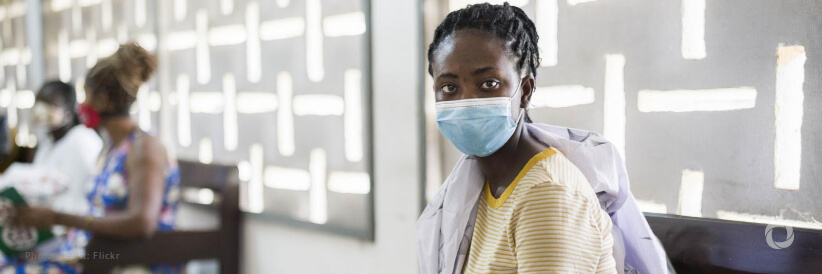Ahead of the 75th World Health Assembly, the 13 signatory agencies of the Global Action Plan for Healthy Lives and Well-being for All (SDG3 GAP ) have released their third progress report, Stronger collaboration for an equitable and resilient recovery toward the health-related SDGs, incentivizing collaboration.
The report notes that more than two years into the COVID-19 pandemic, compounded by overlapping global crises, progress on the health-related SDGs is further off track. Countries have achieved about one-fourth of what is needed to achieve the SDG health targets by 2030.
It also highlights the need for the SDG3 Global Action Plan, with its focus on improving collaboration to help accelerate SDG implementation by countries. The report gives examples of how new, more joined-up ways of working are having an impact on people’s health, and outlines ways to further improve this, for example by creating more incentives for agencies to work more closely together.
Over the past year, the initiative has bolstered its structures for collaboration, with 52 countries (an increase of 15 since last year) receiving joint support from agencies. An SDG3 GAP “recovery strategy ” and a joint letter from heads of agencies to country teams, including UN Resident Coordinators, further set out a path to not only scale joint work by the agencies to more countries but to deepen collaboration in countries to better support country needs and to ensure that no one is left behind.
The SDG3 GAP continues to align its work with global health initiatives to reduce fragmentation in the global health architecture. The aim is to make it easier for countries to coordinate with agencies, increase efficiencies and facilitate progress towards universal health coverage. For example, the SDG3 GAP has fully integrated H6/Every Woman Every Child initiative and is working in countries such as the Republic of Congo, to improve reproductive, maternal, neonatal, child, and adolescent health services, through strengthened coordination of technical and financial partners.
In an effort to align, the initiative has also built communities of practice in accelerator areas such as primary health care, with a strong focus on gender equality and equity. For example, agencies’ support to Pakistan through the primary health care and sustainable financing accelerators, has led to the piloting of a new essential package of health services, together with an investment case to enable long-term, sustainable scale-up of and more equitable access to health services, including by focusing on the most vulnerable and marginalized communities, identified by the number of children who have not received one single dose of vaccine.
Signatory agencies have now addressed the six recommendations of the 2020 joint evaluability assessment of the SDG3 GAP, paving the way for an independent evaluation in 2023. Through the SDG3 GAP monitoring framework, countries are rating how well the agencies work together and have suggested ways to strengthen national coordination mechanisms and align further with their national priorities.
“SDG3 GAP agencies have strengthened their collaboration on Primary Health Care and other areas in more than 50 countries. But to truly transform how we jointly support countries to recover to the SDGs will require stronger incentives for collaboration,” said Dr. Tedros Adhanom Ghebreyesus, WHO Director-General, Chair of the SDG3 GAP Principals Group.
Incentives are essential to encourage closer collaboration among SDG3 GAP agencies. The new report cites four areas that have been piloted as effective approaches to incentivize collaboration: joint funding, joint monitoring, joint evaluation, and joint “governance”. The aim is to refine and scale them in 2022 and beyond.

